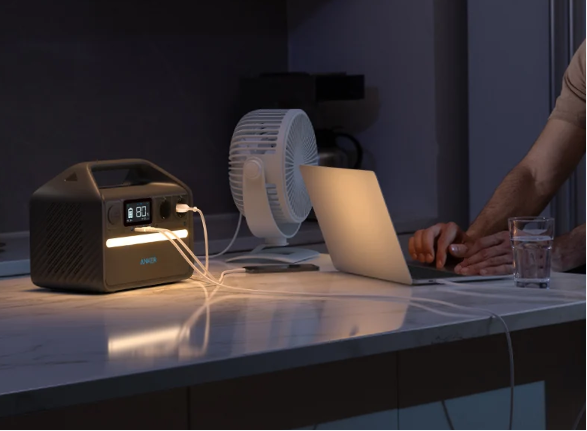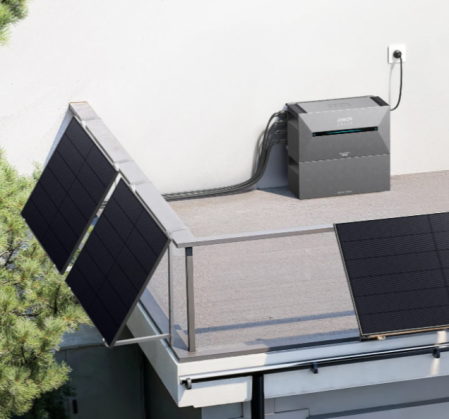The personal power station market is experiencing rapid growth and innovation. These compact, portable energy solutions are increasingly essential for powering various devices, from smartphones to household appliances, especially during outdoor activities or emergencies. This article explores the latest trends and innovations in personal power stations, highlighting their importance in today’s tech-driven world.

The Future of Personal Power Stations
Personal power stations have come a long way since their inception. Originally bulky and expensive, advancements in technology have made these devices more accessible and efficient. Let’s explore the current trends and innovations shaping the future of personal power stations.
Higher Capacity and Efficiency
One of the most notable trends is the increase in power capacity and efficiency. Modern personal power stations now offer higher watt-hour (Wh) ratings, allowing users to power multiple devices for extended periods. Innovations in battery technology, such as lithium-ion and lithium iron phosphate (LiFePO4) batteries, contribute to this enhanced capacity and longevity. These batteries are not only more efficient but also lighter and safer, making them ideal for portable use.
Integration of Solar Charging
Solar charging capabilities are becoming a standard feature in personal power stations. This integration allows users to create a personal power plant like the Anker balcony power plant 800 watts system, harnessing renewable solar energy to make power generation more sustainable and versatile. With advancements in solar panel efficiency and the development of portable, foldable solar panels, users can recharge their power stations on the go, reducing reliance on traditional power sources.

Advanced Charging Technologies
The adoption of advanced charging technologies, such as GaN (Gallium Nitride) and fast-charging protocols, has revolutionized personal power stations. GaN technology allows for smaller, more efficient chargers that generate less heat. Fast-charging protocols, including USB-C Power Delivery (PD) and Quick Charge, enable rapid recharging of both the power stations and connected devices, ensuring minimal downtime.
Smart Features and Connectivity
Modern personal power stations are equipped with smart features and connectivity options that enhance user experience. These include Bluetooth and Wi-Fi connectivity, enabling remote monitoring and control through smartphone apps. Users can check battery levels, control power output, and receive maintenance alerts, ensuring optimal performance and convenience.
Versatile Outputs and Compatibility
Another significant trend is the increase in the number and variety of output ports. Personal power stations now come with multiple USB-A, USB-C, AC, and DC outlets, accommodating a wide range of devices and appliances. This versatility ensures that users can charge everything from smartphones and laptops to mini-fridges and medical equipment, making these power stations indispensable for both everyday use and emergency preparedness.
Rugged and Durable Designs
Durability is a key consideration for personal power stations, especially for outdoor enthusiasts. Many modern units feature rugged designs with water-resistant and shockproof casings, ensuring they can withstand harsh environments. This durability extends the lifespan of the devices and provides reliability in various situations, from camping trips to natural disasters.
Modular and Expandable Systems
Innovations in modular design have led to personal power stations that can be expanded with additional battery packs or solar panels. This scalability allows users to customize their power solutions based on their specific needs, whether it’s for a short camping trip or extended off-grid living. Modular systems provide flexibility and future-proofing, accommodating evolving energy requirements.
Conclusion
The trends and innovations in personal power stations reflect a growing demand for portable, efficient, and versatile power solutions. With advancements in battery technology, solar integration, smart features, and rugged designs, these devices are becoming indispensable tools for modern life. As technology continues to evolve, personal power stations will likely become even more capable and accessible, empowering users to stay connected and powered up in any situation.
